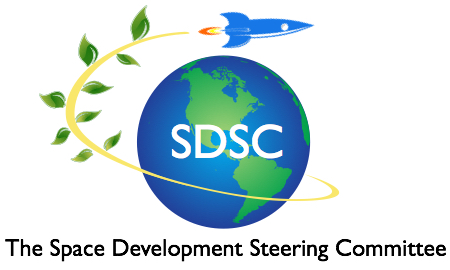On October 11, 2018, a Russian Soyuz rocket carrying an American astronaut and a Russian cosmonaut began leaking an ominous plume of smoke and the astronauts were forced to make an emergency landing. This totally shut down humanity’s ability to take people to space.
The manufacturers of an overpriced, under-capable, and currently non-existent rocket called the Space Launch System have jumped into the breach, planting articles claiming that the Soyuz failure proves that American needs the rocket they are developing for NASA, the Space Launch System, to eliminate emergencies of this kind. But a recent report from NASA’s Inspector General has proved that this claim is false.
On October 10, the Inspector General and the General Accounting office released a report detailing what the Space Launch System does best—producing delays and cost overruns. When the U.S. Senate first dictated the development of the SLS in the NASA Authorization Act of 2010, the legislation specified that the first SLS flight would take place in 2016. In 2011, NASA set that date back to 2017. Now the date has been pushed back to June of 2020.
The bottom line: the SLS has never flown and is not likely to fly in the near future.
The Inspector General placed most of the blame for the SLS’ poor performance on Boeing, the contractor for the SLS’ core stage. The Inspector General explained that the repeated delays in the SLS core stage schedule were not due to a lack of funding. Indeed, Congress has often approved more money than NASA and Boeing estimated they needed. The Inspector General report also criticized NASA for insufficient oversight of the Boeing core stage contract and for a scandalous practice–giving Boeing millions of dollars in award fees that the company did not earn.
Is the June 2020 goal for the first SLS launch believable? The Inspector General doesn’t think so. According to the Inspector General report, the SLS program will require a major increase in funding and renegotiation of the core stage contract with Boeing to avoid further major delays in the launch schedule.
By the time of the first launch, the SLS program will have cost taxpayers at least $20 billion dollars. Contrast this with the $500 million it cost to develop SpaceX’s Falcon Heavy rocket, a rocket with nearly as much payload capability as the initial version of the SLS. To put it differently, for the development cost of the SLS, NASA could have purchased 222 launches of the Falcon Heavy at a cost of $90 million per launch. And unlike the SLS, the Falcon Heavy has actually flown.
SpaceX is also developing the BFR rocket, which has an estimated $5 billion development cost and has greater payload capability than any version of the SLS. And while the SLS is designed to be used once, then thrown away, the BFR will be fully reusable. The result? Initially the cost per flight of the BFR will be less than a tenth that of the SLS, but it will become less than a hundredth as the BFR matures and competition emerges.
Meanwhile, when it comes to putting humans back in space on American vehicles, two spacecraft are poised to accomplish this feat in 2019: Elon Musk’s Falcon 9 rocket carrying a SpaceX Dragon 2 crew capsule and ULA’s Atlas V carrying a Boeing Starliner crew capsule. These two competing systems provide the redundancy we need to keep going when one system has a failure, and they produce that backup capability at a minuscule fraction of the cost of the Space Launch System.
